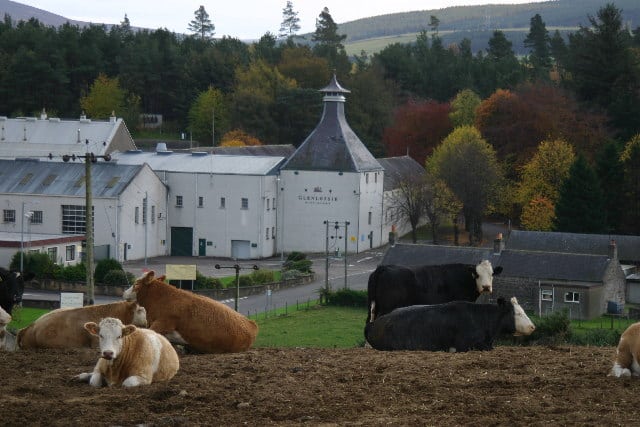
Founded in 1876, Glenlossie was established by an illustrious group including John Duff, known for his work with Longmorn and Benriach, alongside Alexander Allen, H.M.S. Mackay (notably an individual, not a vessel), and John Hopkins, a London blender and owner of Tobermory. Initially operating as an independent distillery, Glenlossie joined the Distillers Company Limited (DCL) in 1919, later integrating into DCL's Haig brand in 1930.
Renowned as one of Speyside's key contributors to blending, Glenlossie underwent significant expansion in 1962, increasing from four to six stills. Since 1971, the distillery has shared its location with Mannochmore, further cementing its status in the region.

Glenlossie is also notable for housing a dark grains plant on its premises. This facility processes draff, pot ale, and spent lees from Diageo's neighbouring sites, emphasising the distillery's commitment to sustainability and efficient resource use. Additionally, the site boasts 14 warehouses, which store an impressive 250,000 casks. These casks contain maturing spirits and whisky, primarily from Diageo's collection of distilleries, underscoring Glenlossie's pivotal role in the whisky landscape of Speyside and beyond.
Glenlossie's single malt, a seldom-seen treasure, is distinguished by its refined and delicate nature. From its early days, the distillery's stills have been equipped with unique purifier pipes. These pipes play a crucial role in the distillation process by redirecting heavier alcohols, which have condensed in the lyne arm, back into the still for further distillation. This distinctive method contributes an oily texture to the whisky, enhancing its character. Additionally, the spirit benefits from an extended fermentation period, a technique that fosters a grassy note in the new make spirit, further defining its unique profile.


